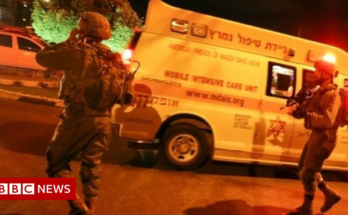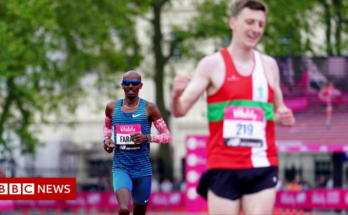Children are back in school. Restaurants and bars are filling up. In New York, a city always rushing forward, the desire to move on from the pandemic is irresistible. Against the intoxicating call to resume the full rhythms of life, the thought of building a memorial may seem like an intrusion. But coming together to mourn is part of how any community rebuilds.
Across the region, many are still left alone with their grief and anger. Veronica Fletcher of Brooklyn lost her husband, Joseph Trevor Fletcher, to Covid on April 11, 2020. Mr. Fletcher, 60, was a transit worker and father who contracted the coronavirus on the job. When he died, the cemetery’s Covid protocols made it impossible for her children to attend their father’s funeral. She buried him alone.
Mrs. Fletcher says she wants Joseph to be remembered as a dedicated public servant who, like millions of other essential workers, risked his health to keep the city running. “They’re nameless, and they shouldn’t be nameless,” she said. “That has compounded the grief.”
Even those who were spared the assaults of the virus have endured other losses: years of education; the chance to hold a newborn grandchild; the dates single people hoped to go on; the cherished neighborhood restaurant that closed and never returned. “We need to create a space for all who have come to mourn for all these different reasons,” said James Young, a Manhattan resident, emeritus professor at the University of Massachusetts and founding director of the Institute for Holocaust, Genocide and Memory Studies. “We can’t do this alone.”
Building a Covid memorial in New York could take many years and will raise a flurry of complex questions about what it should look like, where it should be built, and whose stories it will tell. With over eight million opinions to consider, the endeavor could be spirited and messy.
There is good reason to think big and creatively, encouraging as many New Yorkers as possible to participate. A memorial could take the form of a stone monument, but it doesn’t have to. It could be in a park; it could come in the form of an annual event or a piece of art. New York could create a gathering place for remembrance, or hold a marathon to support the families left behind and the survivors with long Covid. Neighborhoods could hold block parties, bringing people together to celebrate life.
Memorials need not be morbid.
After the Sept. 11 attacks, a Dutch flower supplier and the city of Rotterdam sent New York a million daffodil bulbs as part of a kind of living memorial. The bulbs have bloomed every year since. Juneteenth, a holiday marking the emancipation of Black Americans, was born out of the horrors of slavery. But it is a day of celebration. The AIDS Memorial Quilt, a collection of hand-sewn panels from across the country honoring people who had died of AIDS, was spread on the National Mall in 1987. It was a key part of a movement that raised consciousness about the AIDS crisis and forced politicians to act.
Already, there have been smaller such efforts across New York. The Metropolitan Transportation Authority’s largest union installed a memorial in its Brooklyn office for members who died of Covid. A joint project last year between the de Blasio administration and the nonprofit news outlet The City projected some of the faces of the tens of thousands of New Yorkers who had died in the pandemic onto the Brooklyn Bridge. The ZIP Code Memory Project, an effort housed at Columbia, has hosted workshops for artists, students and residents to look for ways to use art to help New York heal, particularly from the disparate impact of the pandemic on vulnerable communities. “We’re talking a lot about what to do with the rage,” said Marianne Hirsch, the project’s co-director.
There are consequences for not collectively acknowledging these losses. In a deeply unequal city in which Black and Latino New Yorkers died at twice the rate that white New Yorkers did, the failure to acknowledge those who died only deepens the divide. “Memorialization has a critical role to play,” said Bryan Stevenson, who founded the Equal Justice Initiative, the nonprofit that built a national memorial to victims of lynching in Montgomery, Ala.
Those like Mr. Stevenson who have built, designed and studied some of America’s most powerful memorials say successful projects tend to share a common thread: They comfort and allow for collective grieving. They tell a clear story and move people to action. And they name the dead.
“That’s how we go about taking something that could become more general to something incredibly personal and incredibly human,” said Maya Lin, who designed the Vietnam Veterans Memorial, which features the names of more than 58,000 service members who were killed or went missing in the conflict.
New York needs a way to come together. Murders have surged. So have pedestrian deaths and retail thefts. In the first weeks of 2022, two police officers were fatally shot. Asian Americans, especially women, have been subjected to racist attacks and abuse. Adding to the anxiety, rents are soaring, and for some, the threat of eviction looms.
A memorial will not solve these urgent problems. But New York will be a stronger city if it can confront its grief instead of trying to outrun it.



